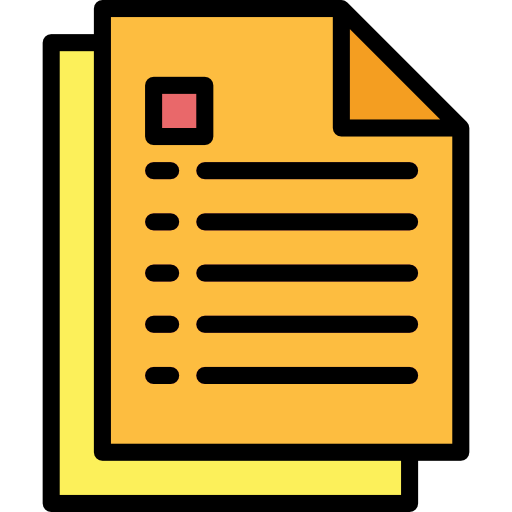SBMSB Template
SBMSB provides a template for LaTeX submissions.
- Download the template and save it as a .zip file.
- Open the .tex file in your LaTeX editor.
- Save the file as a .tex file.
- Upload the .pdf file to the SBMSB system.
Guidelines for Preparing the Short Paper
- A self-explaining title of the short paper.
- Name of all the authors.
- Current affiliation of all the authors.
- Abstract: A short abstract of 200-250 words.
- At least 5 meaningful keywords (maximum 7).
- Introduction: It should contain the problem statement, research gap, objective(s) of the work, and contribution of the work.
- Materials and methods: It should contain the data and their sources; method(s) that are used for solving the problem.
- Results or Expected results:
- Conclusion: Apart from the findings of the work, this section should include the limitation of the work as well as future research direction.
- References.
Note: The short paper should not exceed 2 pages.
Guidelines for Preparing the Full Paper
- Title
- Abstract
- Consist of a single paragraph up to 250 words, with correct grammar and unambiguous terminology;
- Be self-contained with no abbreviations, footnotes, references, or mathematical equations;
- Highlight what is unique in your work;
- Include 3-5 keywords or phrases that describe the research, with any abbreviations clearly defined, to help readers find your paper.
- Authors
- Affiliations
- Introduction
- Start by giving the reader a brief overview of the current state of research in your subject area.
- Progress to more detailed information on the specific topic of your research.
- End with a description of the exact question or hypothesis that your paper will address.
- Also state your motivation for doing your research and what it will contribute to the field.
- Materials and Methods
- A detailed description of the question;
- The methods you used to address the question;
- The definitions of any relevant terminology;
- Any equations that contributed to your work.
- Results and Discussion
- Conclusion
- References
- First Footnote
- Papers That Are Reporting on Human/Animal Research and Have Review Board Approval: This work involved human subjects or animals in its research. Approval of all ethical and experimental procedures and protocols was granted by (Name of Review Board or Committee) (if provided under Application No. xx, and performed in line with the (Name of Specific Declaration (if applicable/provided)).
- Papers That Are Reporting on Human/Animal Research and Are Exempt From Review Board Approval: This work involved human subjects or animals in its research. The author(s) confirm(s) that all human/animal subject research procedures and protocols are exempt from review board approval.
- Acknowledgments
Your paper title should be specific, concise, and descriptive. Avoid using unnecessary words such as “new” or “novel”. Include keywords that will help a reader find your paper.
Provide a concise summary of the research conducted. Include the conclusions reached and the potential implications of those conclusions. Your abstract should also:
Help the reader understand why your research is important and what it is contributing to the field.
Formulate your research question. It should include:
The methods section should be described in enough detail for someone to replicate your work.
Show the results that you achieved in your work and offer an interpretation of those results. Acknowledge any limitations of your work and avoid exaggerating the importance of the results.
Summarize your key findings. Include important conclusions that can be drawn and further implications for the field. Discuss benefits or shortcomings of your work and suggest future areas for research.
Provide citation information for all the previous publications referred to in your paper. Cite only those references that directly support your work.
If the research reported in your paper was supported by a funding source, include the funder’s name and grant information in a footnote on the first page of the paper.
For papers reporting on research involving human subjects or animals, complete and include one of the following human/animal research statements in a footnote on the first page of the paper:
You can recognize individuals who provided assistance with your work, but who do not meet the definition of authorship. The acknowledgments section is optional.
Note: The full paper should not exceed 8 pages.
The template linked above is optimized for the latest June 2022 LaTeX release and may return errors if you use an older version of LaTeX.
Use this template to help format your article for our production process. You can add packages to this template, but please do not remove any already included.

